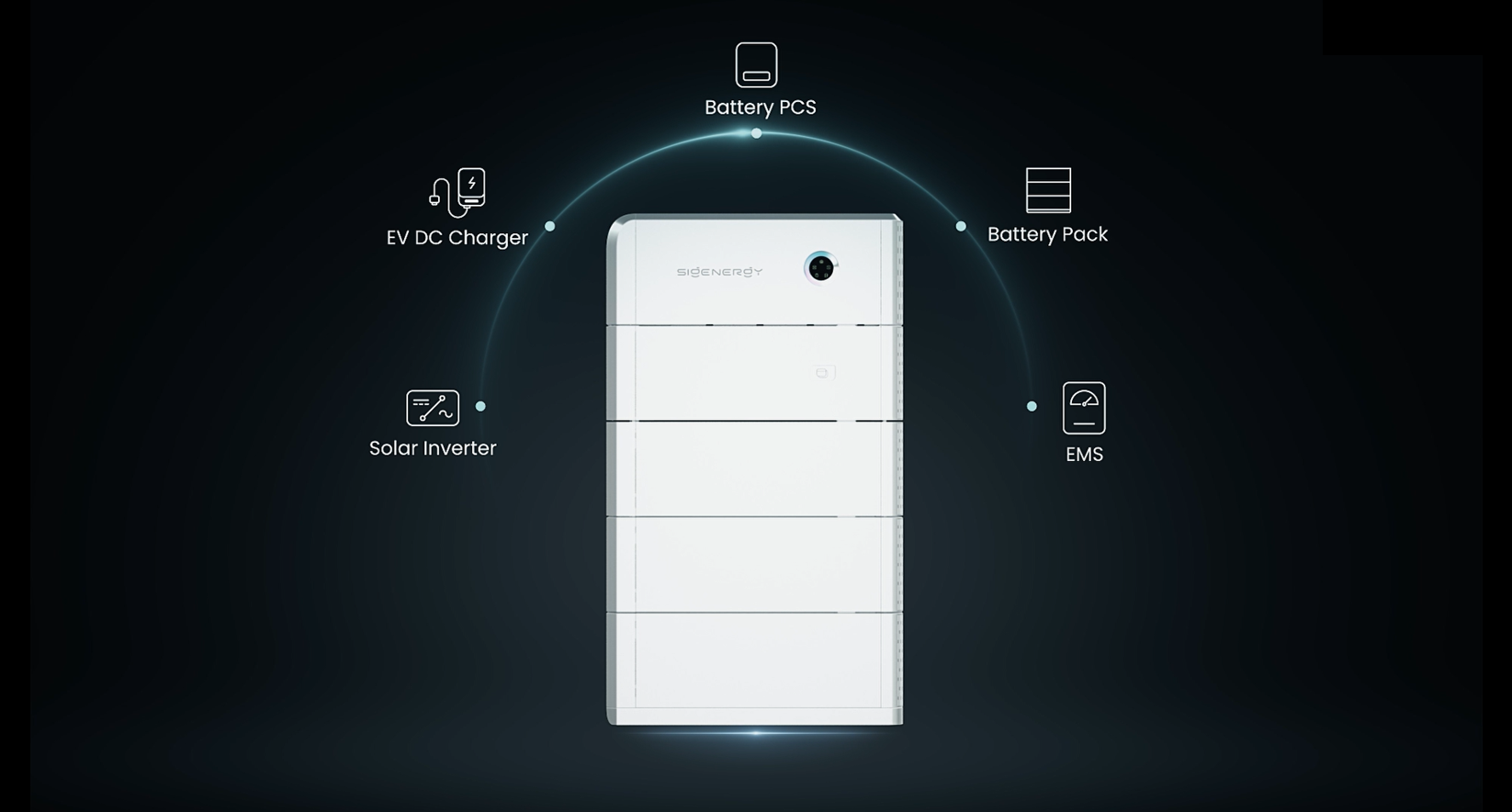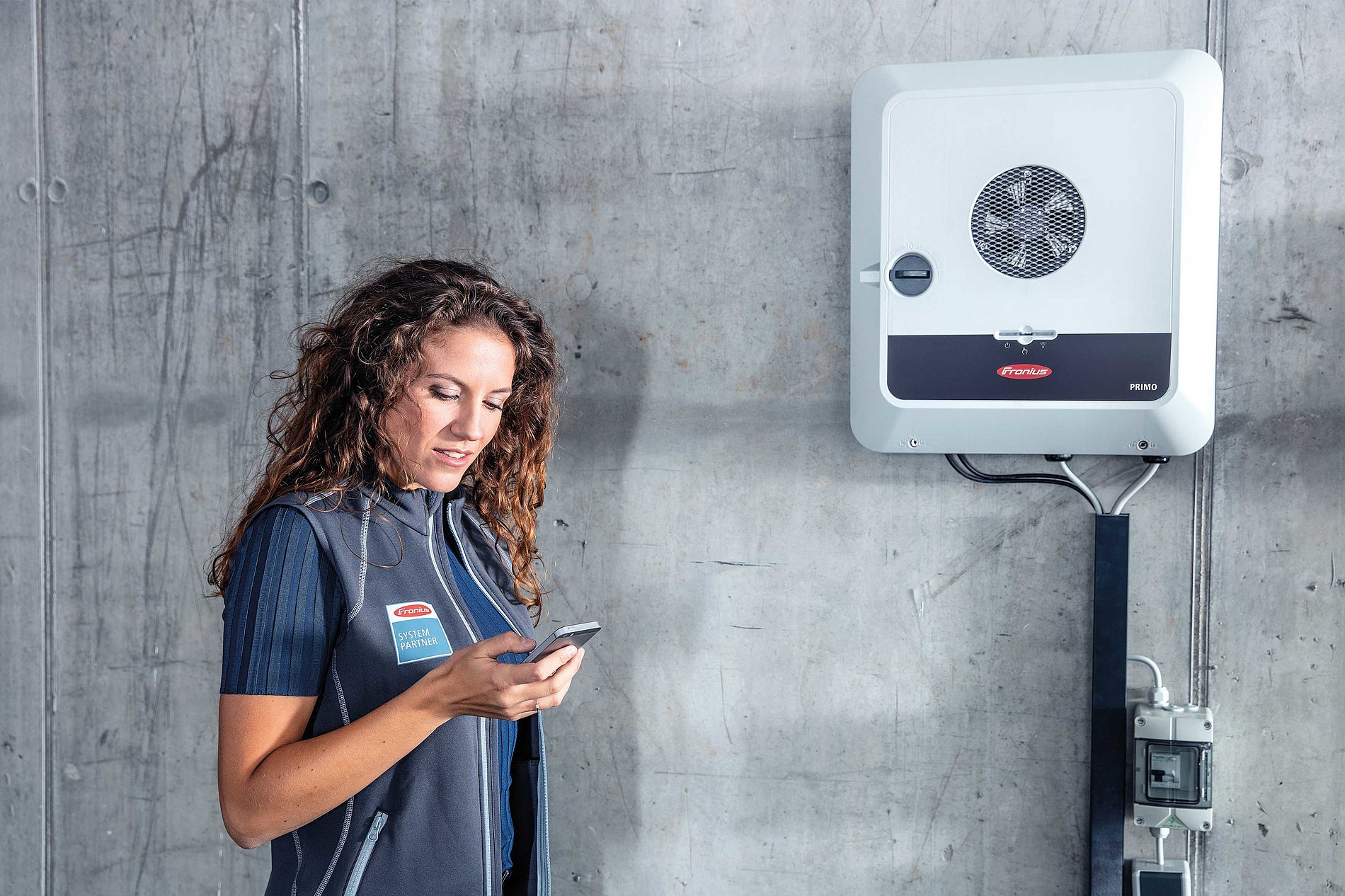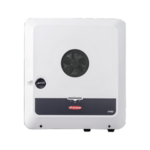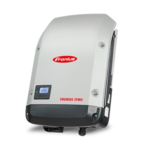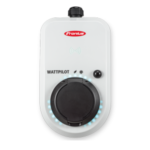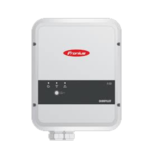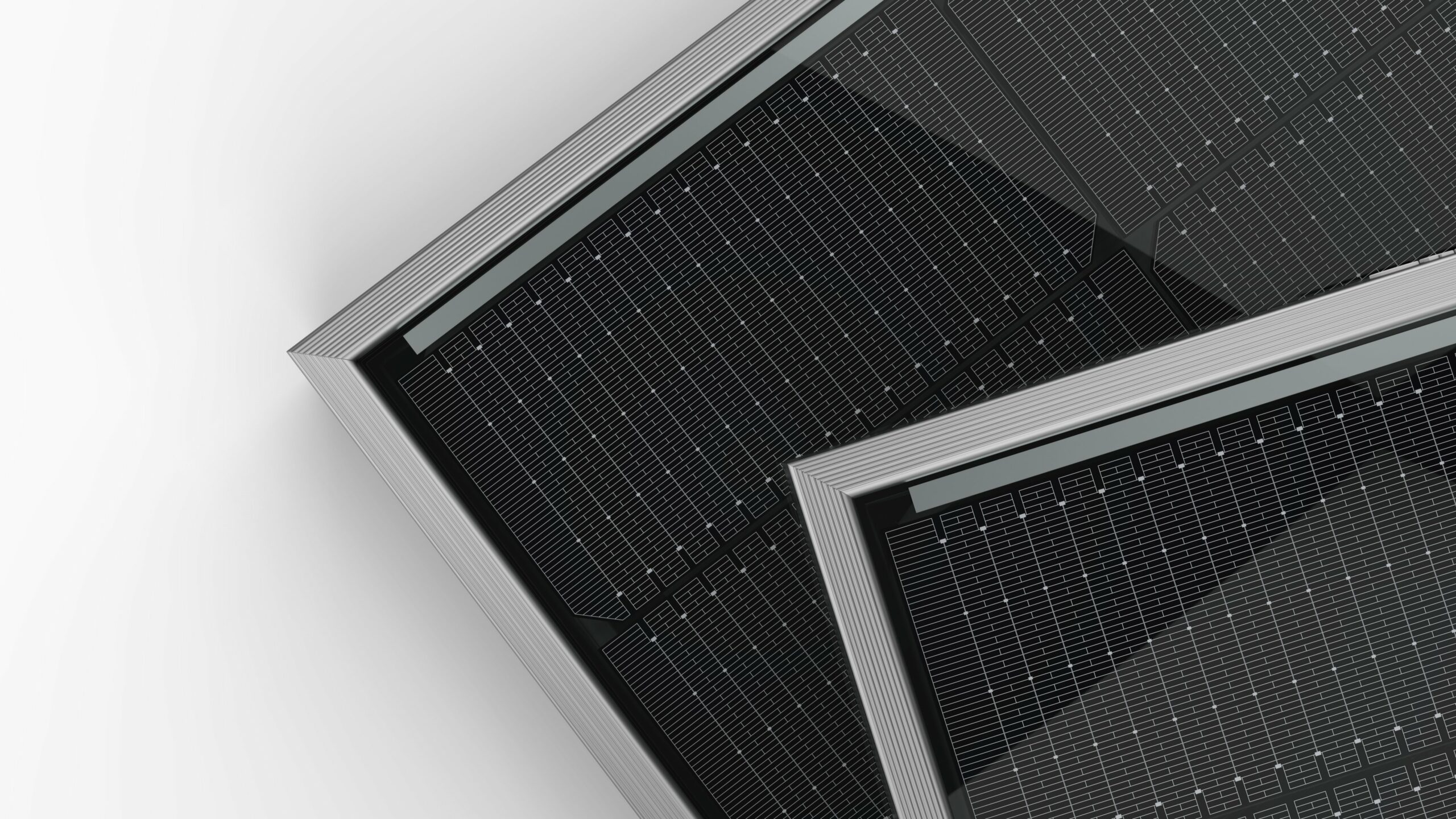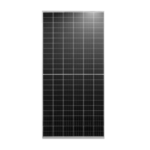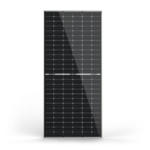Now and again, a solar energy product arrives in Australia, garnishing the attention of enthusiasts. With established leading brand names consistently innovating to stay ahead of each other, new technology must have a competitive advantage to stand out and earn market share. In 2025, Sigenergy’s SigenStor will disrupt established sustainable energy brands with one of the most innovative all-in-one solutions driven by the goal of improved energy self-sufficiency. Here’s how.
Contents
Key points
- Designed on a software foundation
- Ultra efficient DC coupled energy system: inverter, battery, EV charger
- Bidirectional EV charging capabilities
- Flexible and upgradable with ease
- Improved energy storage affordability: Cost p/kWh
Built on a software-first foundation, Sigenergy’s Sigenestor is conveniently positioned to outpace many established sustainable energy technologies. Developing new energy hardware this decade from the ground up enables innovators to think outside the box regarding the technological evolution process. With modern user experience now in the palm of your hand, consider the potential of a product developed from a software-first perspective—opposed to hardware-first. Such a design removes legacy hardware limitations, assisting a streamlined adaptation to modern user expectations as they evolve.
Even though existing energy technologies possess excellent monitoring and control software, limitations restrict the release of software/firmware updates required in an evolving landscape. Most manufacturers have one universal web application for their products, old and new. New updates must consider all ‘legacy’ hardware models, ensuring a stable user experience. The more expansive a product suite, the more diligent a software/firmware release must be. This level of consideration takes time.
Which to consider?
Installation professionals will adapt to an alternative concept. However, this new design benefits end-users and installers alike through a more deliverable and controlled design that is less susceptible to installation-influenced failure points while maintaining customisable design flexibility.
The beauty of Sigenergy’s product offering is in its simplicity. The foundations you choose depend on the power supply feeding your premises: single-phase or three-phase. Therefore, the foundation of the Sigenergy energy product range is the Sigen Energy Controller, which facilitates integration with expanded SigenStor energy system products.
Insight: Competing manufacturers are expected to be in a race to follow a similar design concept of all-in-one energy system modularity.
Model | Power | Inverter | DC Battery compatibility | Download | |
|---|---|---|---|---|---|
 | 1.1. Sigen Energy Controller SP (single-phase) | 5, 10 kW | Solar & DC Battery | SigenStor 5 or 8 kWh multiples | Datasheet |
 | 1.2. Sigen Energy Controller TP (three-phase) | 5 to 25 kW | Solar & DC battery | SigenStor: 5 or 8 kWh multiples | Datasheet |
 | 1.3. Sigen Hybrid Inverter SP (single-phase) | 5, 6 kW | Solar & DC Battery | SigenStor 5 or 8 kWh multiples | Datasheet |
 | 1.4. Sigen Hybrid Inverter TP (three-phase) | 5 to 25 kW | Solar & DC battery | SigenStor: 5 or 8 kWh multiples | Datasheet |
SELECTION TIP: Energy Controller vs Hybrid Inverter
If choosing Sigenergy as part of an initial solar-only solution with the intention of expansion capabilities at a later date, the Sigen Hybrid Inverter is the ideal starting point. It has the same function as the Sigen Energy Controller, with accessories and firmware to suit a solo application. Use Sigen Energy Controller when combining with Sigen Battery from the start.
1.1. Sigen Energy Controller SP: Single-phase solar, battery and EV charging controller. Advanced all-in-one technology for the modern energy user. DC solar and DC battery (hybrid) to AC grid-tie or off-grid inverter, compatible with the DC-coupled SigenStor battery and DC-coupled Sigen EV charger module. TLDR: Select when integrating SigenStor Battery modules at the same time—single-phase power supplies.
1.2. Sigen Energy Controller TP: Three-phase power output solar, battery and EV charging controller. Advanced all-in-one technology for the modern energy user. DC solar and DC battery (hybrid) to AC grid-tie or off-grid inverter, compatible with the DC-coupled SigenStor battery and DC-coupled Sigenergy EV charger module. TLDR: Select when integrating SigenStor Battery modules at the same time—three-phase power supplies.
1.3. Sigen Hybrid Inverter SP: Single-phase power output solar, battery and EV charging controller. Advanced all-in-one technology for the modern energy user. DC solar and DC battery (hybrid) to AC grid-tie or off-grid inverter, compatible with the DC-coupled SigenStor battery and DC-coupled Sigen EV charger module. TLDR: Select when choosing a grid-tie solar-only option initially (batteries later)—single-phase power supplies.
1.4. Sigen Hybrid Inverter TP: Three-phase power output solar, battery and EV charging controller. Advanced all-in-one technology for the modern energy user. DC solar and DC battery (hybrid) to AC grid-tie or off-grid inverter, compatible with the DC-coupled SigenStor battery and DC-coupled Sigenergy EV charger module. TLDR: Select when choosing a grid-tie solar-only input option initially (batteries later)—three-phase power supplies.
All power class Sigen Energy Controller and Hybrid Inverter models (3 to 25 kW) are identical in dimensions. This standardised sizing allows seamless expansion capability with modular add-on components common with Sigenstor, regardless of rated output power class/phase supply.
Supplementary learning: How to identify if you have a single or three-phase power supply ›
Haslle-free Sigenergy quote. Perth Solar Warehouse makes Sigenstor selection easy.
The expanded Sigenergy system
From 2025, home and commercial self-generated power supplies will form part of a user-empowered energy ecosystem. The more harmony there is with self-generated energy and utilisation, the more electricity you save purchasing from the grid. Today, in terms of sustainable energy technology, there are two categorisations: a more disconnected solar energy system with physical wiring to connect disconnected componentry or an all-in-one, internally connected sustainable energy system.
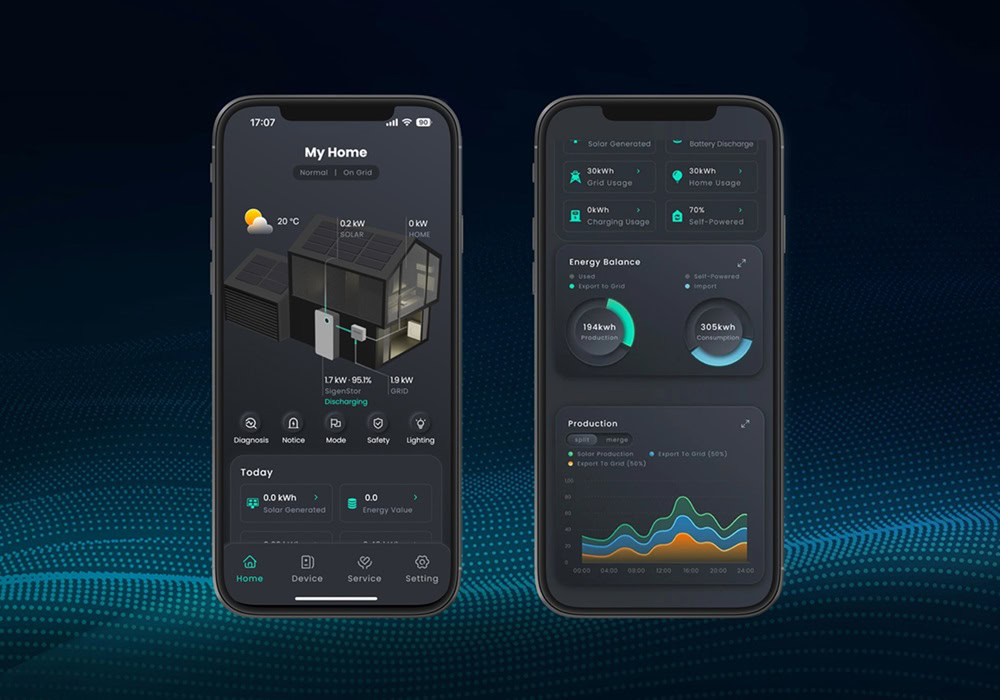
Image: mySigen app user-interface
The mySigen App is where the Sigenergy energy system comes together for energy visualisation and control. Purchase add-on hardware such as bidirectional EV charging and cross-compatible 5 and 8 kWh LiFePO4 (Lithium Iron phosphate) battery storage. Revolutionising versatility in an all-in-one sustainable energy solution, it would be fair to suggest that no two SigenStor neighbours are the same.
You use your power differently from your neighbour and deserve an ideal self-generated power supply to suit you, even if that’s in the form of initial affordability in the Sigen Hybrid Inverter with solar panels. Previously, more bespoke solutions were expensive, adding significant cost barriers for the mainstream. SigenStor proves that refined customisation is possible for mass appeal and uptake.
Model | Attribute | Advantages | Download | |
|---|---|---|---|---|
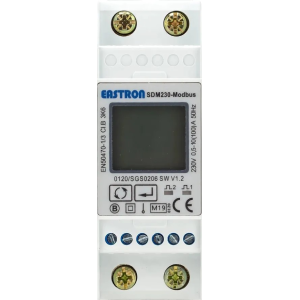 | 2.1. Power Sensor | Energy monitoring & signalling. | View energy import and export from the point of supply within mySIgen App. Provides surplus energy signalling/control to ecosystem devices. | Datasheet |
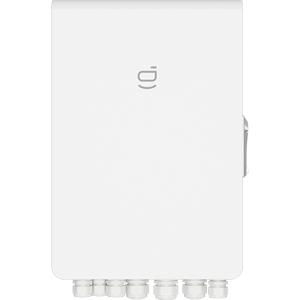 | 2.2. Gateway | Energy monitoring & signalling. Backup power and load control | View energy import and export from the point of supply within mySIgen App. Provides surplus energy signalling/control to ecosystem devices. Manage power distribution under normal operation and during blackout scenario’s | Datasheet |
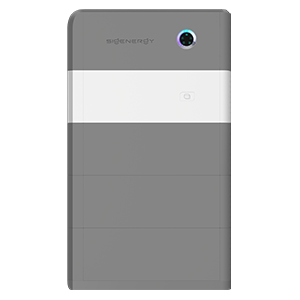 | 2.3. EV DC Charger | Electric vehicle charging. 12.5 kW or 25 kW. | Efficient DC charging with V2L options. Charge your electric vehicle with excess solar energy without exporting to the grid (Power Sensor or Gateway required). | Datasheet |
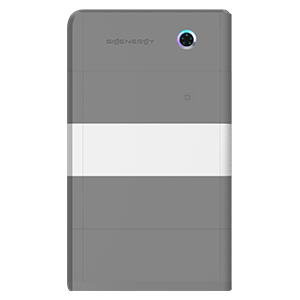 | 2.4. Battery | Store excess solar energy for later use. Provide blackout protection when installing Sigen Gateway. | DC coupled energy storage. 5 or 8 kWh modular options. | Datasheet |
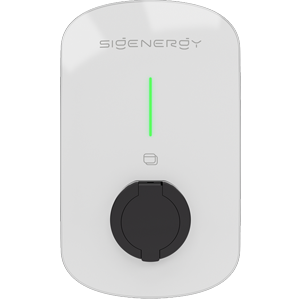 | 2.5. EV AC Charger | Electric vehicle charging. 7/11/22 kW | Charge your electric vehicle with basic or solar-optimisation features—Power Sensor
of Gateway required. | Datasheet |
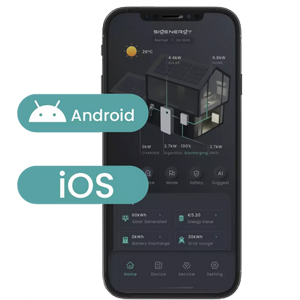 | 2.6. my Sigen App | Real-time & historical energy portal | Online visual gateway to advanced energy insight, management and control with AI assistance. | Manual |
2.1. Sigen Power Sensor: The Sigenergy Power Sensor (energy meter) is mounted within a switchboard to provide energy consumption and export data to the mySigen App when used alongside a SigenStor product where a Gateway is not required. TLDR: Choose when consumption monitoring, solar optimisation, and battery features are required without blackout protection.
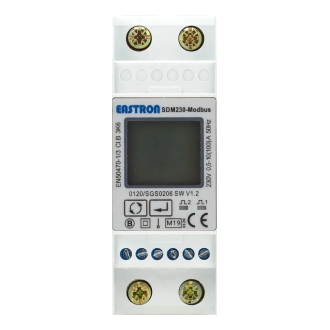
2.2. Sigen Gateway: Use Sigen Gateway for blackout protection and energy consumption monitoring in one. If the Sigen Gateway is integrated into a simplified residential system, there is often no need to add the Sigen Power Sensor alongside the Sigen Gateway. TLDR: Choose when consumption monitoring, solar optimisation, and battery features are required with blackout protection.
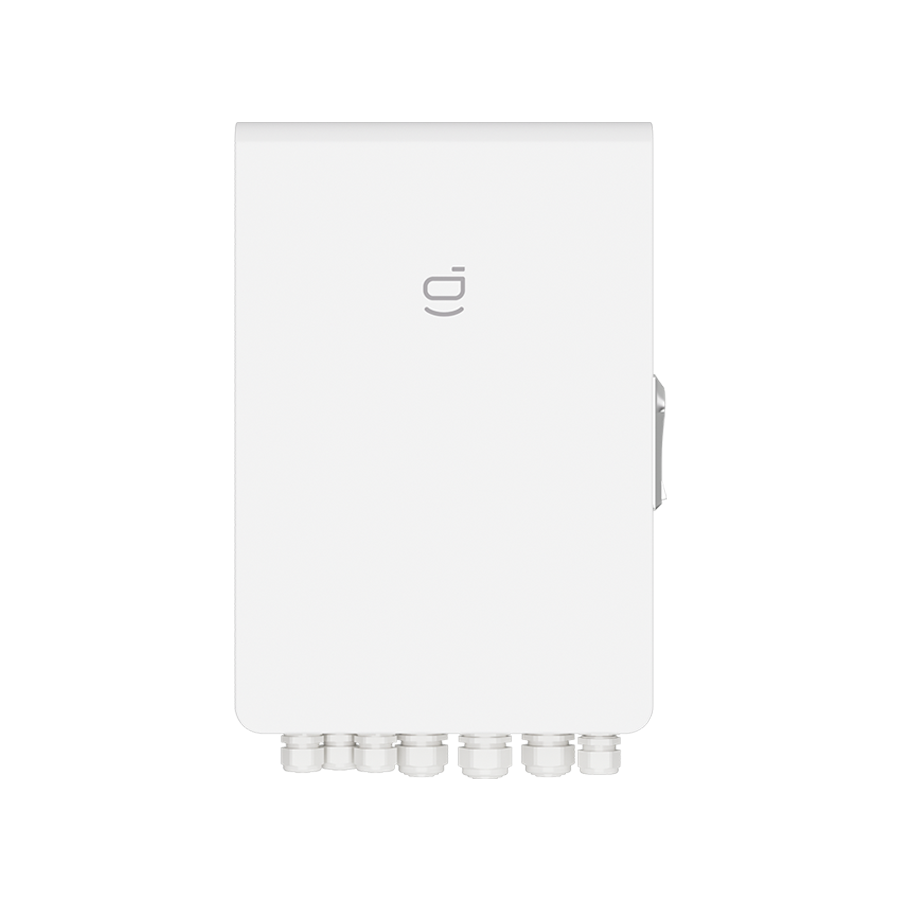
2.3. Sigen Battery 5 & 8 kWh: Take advantage of increased solar array sizing (kWh input) flexibility where Australian subsidy (Perth, zone 3) limitations exist for solar-only systems. Sigen Battery module uses low-voltage Lithium Iron Phosphate (LiFePO4) DC-coupled solar battery technology. We recommend customers determine battery value comparisons on a cost-per-kWh level. TLDR: Safe battery technology with best value (cost-per-kWh) in the 8 kWh Sigen battery module.
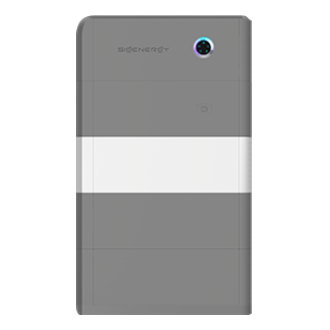
SELECTION TIP: Total [battery & installation] cost ÷ combined useable kWh = True cost per kWh of energy storage.
Sigenergy’s SigenStor battery module appears at the more affordable end of the modern solar battery buying spectrum compared to the broader Perth Solar Warehouse range of storage brands, which provides good value for the technology.
2.4. Sigen EV DC Charging module: One of SigenStor’s most appealing features is the DC EV charging module. The Sigenergy DC Electric Vehicle charger improves self-generated energy consumption with fewer conversion losses and faster charge rates (12.5 & 25 kW) than most AC fast chargers (7-22 KW). The most appealing feature for electric vehicle enthusiasts in 2025 is that this EV charger can operate bidirectionally (Distributed Network Service Provider and Vehicle Subjective). TLDR: The Sigen DC EV charging module can turn your electric vehicle into a home battery on wheels.

2.5. Sigen EV AC Charger: The Sigenergy AC electric vehicle fast charger has standard features from a solar-optimised charging option. It is the entry point for electric vehicle charging options with Sigenergy SigenStor ecosystem compatibility and no bidirectional capabilities (charge-only). Sigen AC Charger is available in single phase up to 7 kW or three-phase up to 22 kW. It’s also a great Sigenergy EV charging option when the electric vehicle charge point is far from SigenStor. TLDR: The Sigen EV AC charger is Sigenergy’s most affordable EV charging option and can be better suited for less-conventional SigenStor installations.

2.6. mySigen App: Built on a software-first platform, mySigen’s App is one of the more advanced. Software is how sustainable energy ecosystems deliver a unified context of the combined power source. Visualising energy production and consumption alongside real-time operation features, mySigen is a refined operational hub for essential energy management information. TLDR: View energy to make more informed decisions. Take advantage of GPT-4 integration for more straightforward action, reporting, diagnosis and support.

Sigenergy certified installer. Ensure a quote by Perth’s local SigenStor experts.
Sigenergy warranty
Ten years of manufacturer product and performance guarantee for major components, including the Sigenstor battery module and Sigen Energy Controller/Hybrid Inverter. All accessory components, including the Sigen Gateway and Sigen Power Sensor, are equipped with a 2-year manufacturer guarantee.
Specific exclusions apply to manufacturer guarantees. The most prominent being non-adherance Sigenergy’s installation and operating guidelines. To ensure improved product warranty assurance, choose a local Sigenergy Certified Installer. Perth Solar Warehouse is an established Sigenergy-certified installer with in-depth product knowledge servicing the Perth and Bunbury region, Western Australia.
Covered Product | Covered Part* | Warranty Period |
|---|---|---|
SigenStor | Sigen Battery | 10 years
|
Sigen Energy Controller | 10 years
| |
Accessories | Sigen Energy Gateway
| 2 years
|
Sigen Power Sensor | 2 years | |
Sigen Communication Module | 2 years |
Review the attached ‘Warranty Download’ for the complete list of exclusions, definitions, extension options, claims process, and your rights under Australian consumer law beyond manufacturer guarantees.
Where are they made
Operating in more than 30 countries and with seven global offices/support centres, including Sydney, Australia, Sigenergy SigenStor products are manufactured in the heart of modern automated process: Shanghai, China. Set on a 20,000-square-meter facility, Sigenergy raised the curtains to Australian solar ambassadors throughout 2024, unveiling a high-tech production facility with scope for increased demand.
Sigenergy’s Shanghai Giga Factory features a mixed-purpose function, including research and development, lab testing, product assembly, and global distribution. Sigenergy has invested in product quality control with a vertically integrated, intellectual property-protected manufacturing hub in one of the world’s most advantageous manufacturing locations in commerce and industry. The hub is geared to make a significant global impact in 2025 and beyond.
Video: Sigenergy Gigafactory SigenStor production facility, Shanghai
What do they cost
Itemised DC-coupled batteries, irrespective of the brand, more often than not appear at the more affordable end of the LiFePO4 battery buying spectrum (cost-per-kWh) through the redundancy of specific hardware included in AC-coupled batteries. This cost difference balances out when factoring the Sigen Energy Controller and Sigen Gateway into the cost-per-kWh equation.
SELECTION TIP: The 8 kWh (7.8 kWh usable) Sigen Battery module provides the best value cost-per-kWh compared to the 5 kWh Sigen Battery. Further multiples of 8 kWh modules average down the cost-per-kWh when purchased through Perth Solar Warehouse, further offsetting foundational hardware installation costs (Controller, Gateway, etc.). TLDR: Increased Sigen Battery capacity of 8kWh modules during initial installation rapidly improves energy density value—cost-per-kWh.
1. Approximate cost per kWh installed, based on values relevant within 30 days of the article post date.
2. Product only cost. Excludes shipping, installation, commissioning and network costs.
Final chance. Your copy of the latest Perth Solar Warehouse catalogue with exclusive savings.
Pairing options
When customers review their holistic sustainable energy system options, we’re often asked, “Which solar panel do we recommend with Sigenergy SigenStor?” Three categorisations appeal to different purchasers. 1) High specification, superior affordability. 2) Leading brand recognition combined with streamlined aesthetics. 3) Most innovative solar panel technology and performance. The following solar panels prove popular in complementing Sigenergy SigenStor’s technology proposition.

Affordability/ good reputation: Risen Energy has a reputation in Australia as a preferred solar panel brand incorporated within utility-scale projects such as Western Australia’s Merredin solar farm. Risen Energy’s solar panel technology is proving commendable nationally regarding energy yield generation per m2.
Review: Risen solar panels: 5 things you need to know before investing
$$
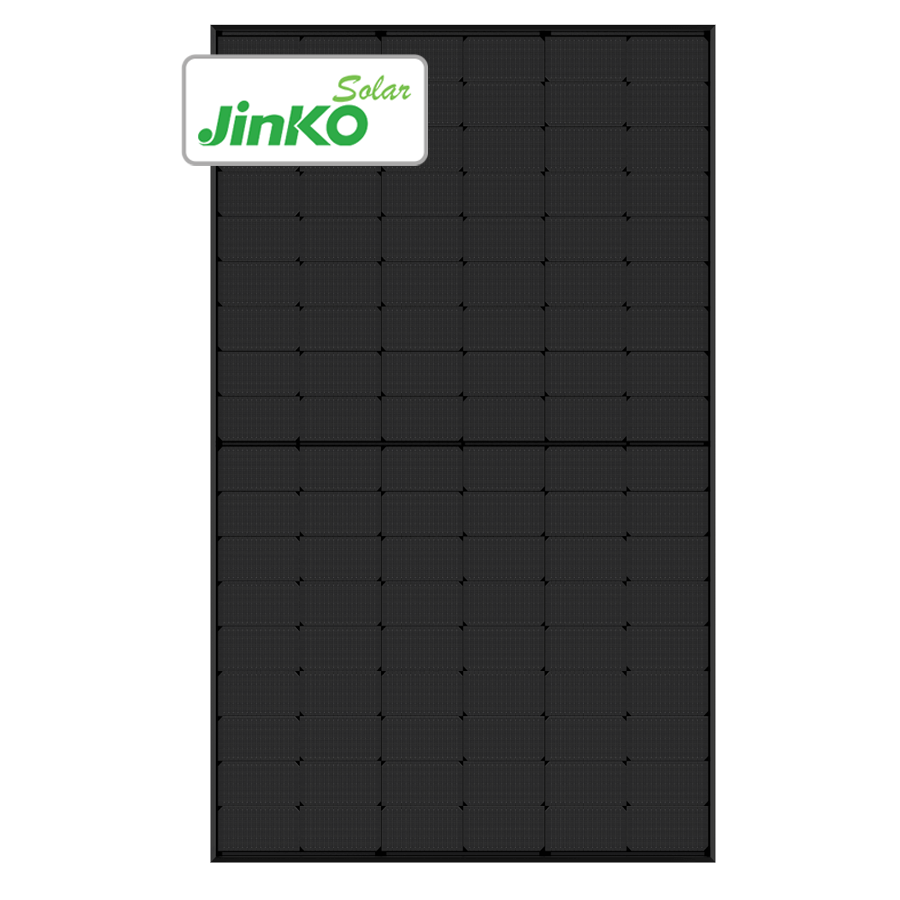
Leading brand: More than a new-era n-type module, the Jinko Tiger Neo combines superior durability and performance for assured energy investment. Jinko is one of Australia’s favourite solar panel brands, with over 1,000,000 Jinko Tiger Neo 440W n-type solar panels shipped (Aug 2023).
Review: Which Jinko Solar panels should you consider?
$$$

Most innovative: The Aiko Energy Neaostar range is the most efficient solar panel commercially available in Australia for residential rooftops. InterSolar Award-winning (2023) technology, the AIKO Neostar series with ABC N-type cell architecture complements Sigenergy’s innovative nature.
Review: Four Aiko Solar panels defying technology limits
$$$$
Which is ideal for you?
- Determine if you have a single-phase or three-phase power supply.
- Consider your average daily consumption (check energy bill).
- Is the property suitable to accomodate a set number of solar panels to supply SigenStor?
- If solar panels aren't an option, consider SigenStor for dynamic tariff utilisation, and superior DC EV fast charging with bidirectional capabilities.
Determine if your property has a single or 3-phase power supply. Once you know the power supply, it becomes easier to follow the downward Sigenergy SigenStor stream and gauge more accurate pricing for comparison. Following this, consider ‘Total daily energy consumption’ (kWh). Easiest located on your electricity bill.
Give this next step focused consideration for more refined system sizing. What portion of your daily energy use is day vs. night? (e.g., 40% day, 60% night). Knowing this ratio, choose an appropriately sized solar array to charge storage capacity for night-time consumption while meeting day-time energy consumption needs. Understand that different periods of the year will have various levels of self-sufficiency. Suppose SigenStor’s system requirements are initially under-sized. In that case, Sigenergy has developed the SigenStor system to be more accessible and cost-friendly, mitigating the requirement for elongated labour costs during the upgrade.
Perth Solar Warehouse recommends choosing a Sigen Energy Gateway and 8 kWh Sigen battery alongside your ideal Sigen Energy Controller as a foundational SigenStor consideration to help minimise system expansion costs if necessary.
Designed for a new generation of energy users, Sigenergy incorporates the unrivalled user experience most expect from 2025. Building advanced hardware to suit superior software, empowering users throughout an ever-changing energy landscape. But this isn’t just spin. Sigenergy’s global case studies are convincingly good in diverse global locations. Once in a decade, an energy product arises and shapes a new direction through superior design and user experience. SigenStor is this decades.
Seeking a Sigenergy solution? As a proven Sigenergy partner based in Perth, Western Australia, we can assist.

